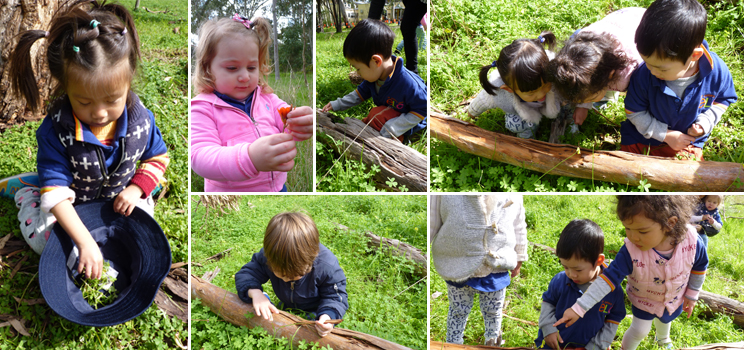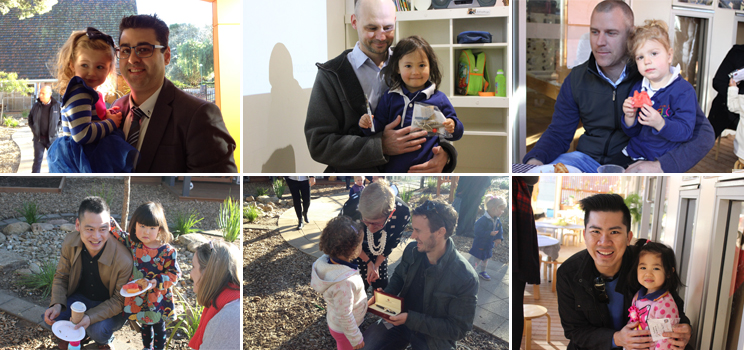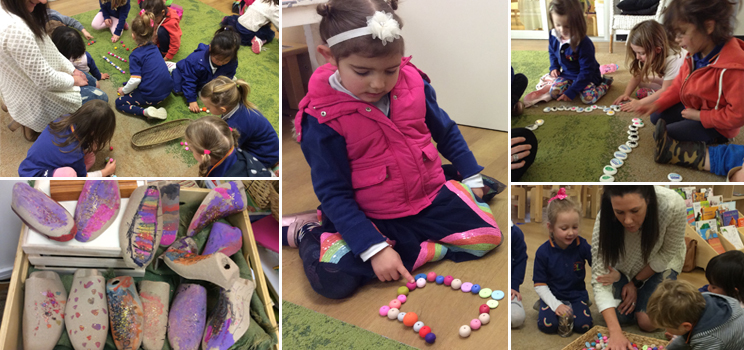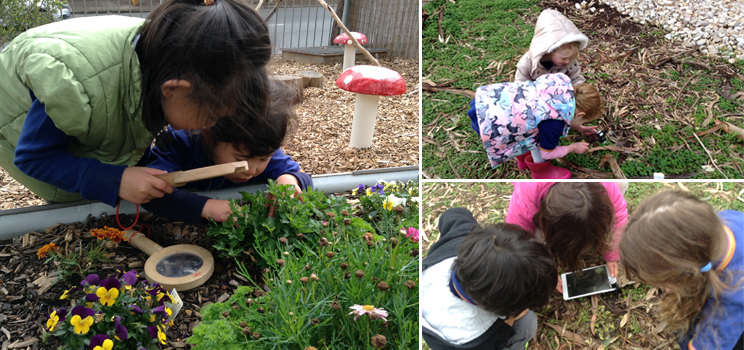From the Director of Early Learning
Dear Families,
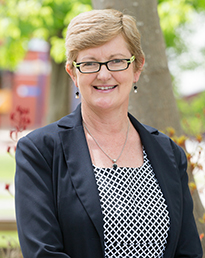
We have had some wonderful opportunities to share with families at our recent Parent-Teacher Conversations. Thank you to all of you who made appointments with the team. As you could see, it is a huge investment of time to ensure we can meet with as many families as possible but also to collect individual documentation to share at these meetings that reflects the growth and development of your child. I particularly thank my teaching team for the manner in which they conducted their conversations, their professionalism and passion for every child.
This week is the final week of Term 3. We have Vacation Care commencing after the long weekend so please ensure you have booked your spots if you intend using this service. Vacation Care forms can be downloaded from this newsletter if you have not already filled one out.
In this edition of the ELC News, we have focussed on the amazing work of Miss Sims (Eva), who works across all rooms with a dance program that is aligned with our inquiry. This term has been exceptional with Eva utilising Ferguson Park to stimulate children’s imaginations and connections with nature. Please take the time to read her article which describes her work in each room and watch the short video.
Wishing you all a very happy school holidays. Hopefully we will be blessed with divine weather and good health as we prepare for what is always a very busy but exciting Term 4.
Kate Mount
Director of Early Learning
ELC Vacation Care – Bookings close Friday 29 September

It is that time again when we need to organise your child’s Vacation Care.
From 2 – 13 October, the ELC teachers are on holidays. This is the time when we operate Vacation Care. Families need to book via the form attached and ensure they return it to the ELC by Friday 29 September. Full-day and half-day options are available.
Normal term time bookings do not apply during this period.
Please download your form HERE
If you have any inquiries, please email our Vacation Care Coordinators, Miss Galia Kay for Hallett and Ferguson Rooms: gkay@stpetersgirls.sa.edu.au, and Miss Annabelle Redmond for Stonyfell and Bell Yett Rooms: aredmond@stpetersgirls.sa.edu.au.
Term 4 in the ELC
Please note that regular ELC programs commence in Term 4 on Monday 16 October 2017. We look forward to seeing you next term!
Save the Date
ELC Christmas Celebration Concert and Picnic: Friday 24 November at 5pm
Pride of Saints Girls
In the “big school”, many of our girls have been working incredibly hard on the Year 5 Production of ‘Disney The Lion King JR.’
Tickets for tonight’s show at 7pm are available at the door. To book for tomorrow’s 1.30pm and 7pm shows, visit www.trybooking.com/RGWU.
Enjoy a sneak peek of this wonderful production!
A Letter from Ms Qian
尊敬的家长:
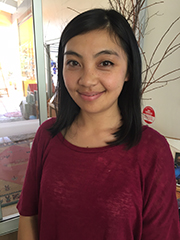 随着学期的结束,我们也即将迎来Vacation Care — 假期日托课程,由于下星期一是公共假日,假期日托课程将从下星期二正式开始,如果您还没有来得及填写报名表,您可以从这封newsletter里找到链接下载。
随着学期的结束,我们也即将迎来Vacation Care — 假期日托课程,由于下星期一是公共假日,假期日托课程将从下星期二正式开始,如果您还没有来得及填写报名表,您可以从这封newsletter里找到链接下载。
本学期我们的舞蹈课程非常特别,由舞蹈老师Eva Sims 带着孩子们在Ferguson Park 完成,Miss Sims 针对本学期的舞蹈课写了一篇文章并上传了视频,希望您能仔细阅读观看,以便更进一步了解我们的教学理念和模式。
最后,为期两周的假期即将开始,祝所有的小朋友和家长们假期快乐,咱们下学期再见啦!
Ms Qian
Garage Sale Trail at St Peter’s Girls’ School
The Friends of the ELC are excited to be part of the Garage Sale Trail which will be held at the School grounds on Sunday 22 October 2017. We are having a massive toy stall and are looking for donations of children’s toys and children’s books in good, clean, working condition.
Donations can be dropped off at the ELC on Wednesday 18 October or you can call Bronwyn on 0402 392 609 during school holidays to organise local pick up of donations and larger items.
Garage Sale Trail at St Peter’s Girls’ School
What: The City of Burnside Garage Sale Trail and St Peter’s Girls will be hosting stalls
Where: St Peter’s Girls’ School car park
When: Sunday 22 October 2017
Time: 8am – 2pm
Why: Are you looking for a FREE, fun and social way to fundraise for your community group, House Charity, sports team or Cambodia Trip and engage with our School community?
St Peter’s Girls’ School has registered a ‘Group Sale’ – to put your sale on the Garage Sale Trail, visit the website and register with our St Peter’s Girls’ Group Sale.
https://www.garagesaletrail.com.au/group-sale/st-peters-girls-community
Any questions, please don’t hesitate to visit the Community Relations Office, or contact Melissa Westgate via mwestgate@stpetersgirls.sa.edu.au or 8334 2244.
Ada Interacts with Ferguson Room Friends
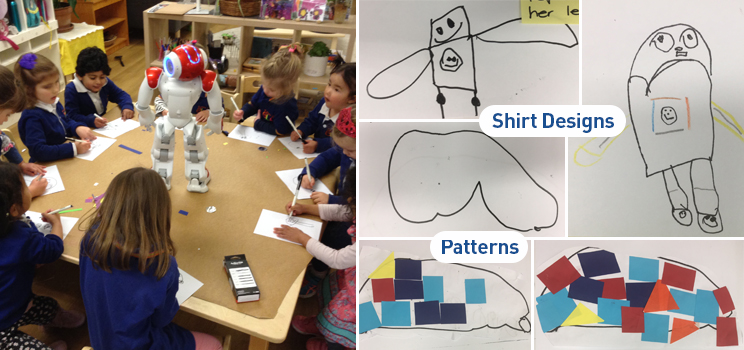
Over the past few weeks, some of the Ferguson friends have been eager to interact, talk and play with their friend Ada, the humanoid robot. One group was given the provocation, “What is different about Ada and us?” CiCi quickly responded, “She doesn’t have a skirt!” The conversation that followed raised the point that Ada didn’t have the same clothing as we did, but Amber reassured us by suggesting, “We need to go to the robot shop and get her a shirt.”
The friends were invited to draw their ideas of what a shirt from a robot shop might look like.
We used some of the children’s representations of what a shirt would look like as a provocation for our next session. The friends were presented with a range of open-ended materials that were familiar to them from their patterning explorations throughout the term. Friends built upon their previous designs of what Ada’s shirt might look like using the colourful shapes, glue and markers. We will continue this exploration into next term as the friends have shown much engagement with designing clothes for our friend Ada. Connecting our interactions with Ada to our Numeracy work has helped develop the children’s understanding of the complex concept of pattern.
Kirsty Porplycia
Dance in the ELC with Miss Sims
Stonyfell Room
Stand in nature; close your eyes and listen. What do you hear? What do you feel? Open your eyes; what do you see? Allowing ourselves to ‘be’ in nature not to just skim the surface but to really ‘be’ was a concept the Stonyfell children explored in dance this term. Bringing music into the park for the children allowed them to move with the trees, the wind and among the logs. They observed each other moving, danced together and continued to form a love towards nature and their world.
Bell Yett Room
This term, the Bell Yett friends experienced dance in a different way. We ventured into Ferguson Park to enjoy nature and ‘be’ in nature. Appreciating what Ferguson Park provides us, the Bell Yett friends choreographed a ‘Thank you’ dance for Ferguson Park. A beautiful way to acknowledge and give thanks to the park for letting us dance in there. Saying thank you for letting us dance on the dirt and grass, on the trees, with the trees, the sticks and the rocks. We are helping the children to appreciate all living things in the park and encouraging a beautiful relationship with the park.
Ferguson Room
Music can be found anywhere, you just need to know where to look and where to listen. This term, the Ferguson children went into Ferguson Park for dance. Dancing in and with nature the children embraced their connection to the park, using their surroundings to create music. Using sticks, rocks, the trees, logs and the dirt beneath their feet. The children composed unique sounds, their sounds and from those, music formed. With these sounds, a special piece of music was created. The children choreographed their own dance to this piece of music. Their movements were inspired by Ferguson Park.
Hallett Room
The wind rushes through the trees, children run, skip and dance underneath but one child stands there looking uncertain. Admitting she is scared, the child does not want to dance. It is not dancing that scares her, but the wind. The adult taking the child’s hand says, “Let me show you something,” they look up at the trees and the adult asks, “What is the wind doing with the trees?” The child stares up at the trees. Really thinking about the question, a few minutes go past and a small smile begins to form across her face. She turned to the adult, “The trees are dancing.” The child let the wind embrace her and she danced under the trees.
Allowing everything that surrounds you to encompass each part of one’s senses can be a mesmerising experience. This term, the Hallett children danced in Ferguson Park, embracing nature and discovery of what their world can provide them with. The children investigated the park and the sounds that not only the park naturally provided them with, but the sounds they could create themselves. As they made their sounds, the children began to ask questions, “What sound will the rock make if I drop it on the stick?” They investigated and explored their world and were asked, “Can we dance to the music we make?” This question led to an exploration of choreographing movement inspired by Ferguson Park and the music the children made.
Eva Simitsis
“Old Scholars” of the ELC
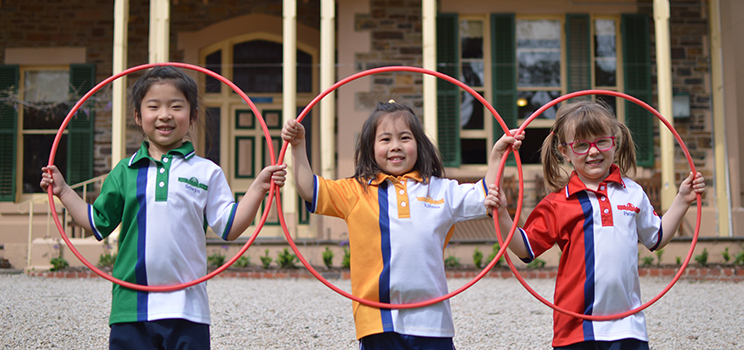
Recently, we caught up with “Old Scholars” Rachel, Mila and Faith, who have settled in well to Miss Karvonen’s Mid-Year Reception class.
The girls are close to completing their learning about the 42 Jolly Phonics’ sounds, have made connections with fiction and non-fiction texts, tackled writing weekend recounts, have learned about how to sequence numbers to 20 and how to represent numbers in different ways.
In Inquiry learning they have travelled around the world and learned about different types of dwellings that people call home, and they have also constructed different types of homes! They have learned about God’s Land in religion lessons and how to get along nicely in Program Achieve.
They have made wonderful progress with their learning and are extremely settled. Thanks for the update girls!
News from the Stonyfell Room
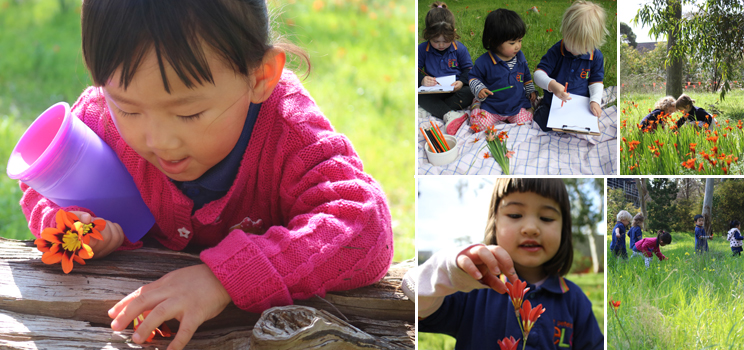
Over the course of this term, our focus has been to support our children to develop their ecological identity. We have embraced this concept from educator and researcher Ann Pelo. Through her book ‘The Goodness of Rain’, she shares her interpretation and definition of ecological Identity:
“This is what I want for children: a sensual, emotional, and conscious connection to place; the sure, sweet knowledge of earth, air, sky. As a teacher, I want to foster in children an ecological identity, one that shapes them as surely as their cultural and social identities. I believe that this ecological identity, born in a particular place, opens children to a broader connection with the earth; love for a specific place makes possible love for other places. An ecological identity allows us to experience the earth as our home ground, and leaves us determined to live in honourable relationship with our planet.”
To build this connection and nurture this aspect of who we are, we have been developing our relationship to Ferguson Park. We started the term by inviting our children to explore this place using there senses. We worked alongside the children to narrow their gaze from the largeness of the park (macro), to the smallness of the park (micro). Supported by our PYP curriculum, we worked on our observational skills and developed the question, “What do you notice?” As we progressed through the term, the children’s confidence developed and they began verbally expressing what they notice in the park. Some of our children worked with the support of Miss Qian to communicate their thoughts in Mandarin.
Our next step in evolving our growing observational skills has been to recreate the park through The Arts. Many of the children have been working with Miss Catarina using various art techniques to recreate and deepen their connection and understanding of the park.
The park has also been our inspiration for our numeracy focus and we have begun exploring the curriculum area of sorting and classification. We are excited to see the curiosity and delight that our children have for the park, and their emerging confidence to ask to go out into this place. We will be continuing to nurture this focus over the coming term and we are excited to see what we notice; as the seasons change, our relationship deepens further.
Laura Reiters
News from the Bell Yett Room
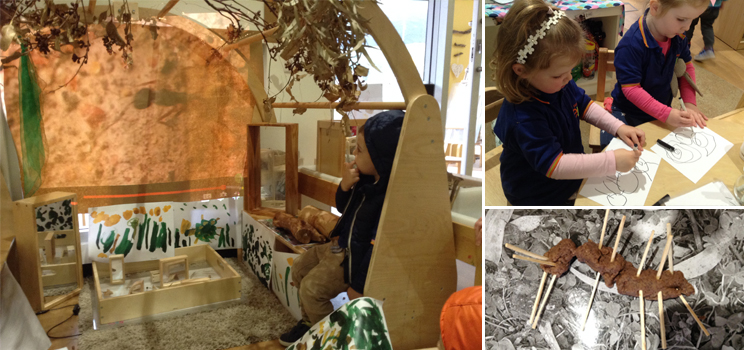
This term we have been aiming for our learning community to form an ecological identity. Our explorations of Ferguson Park have supported the children to develop strong personal connections to their natural world. Over time we have observed the children develop curiosity and empathy as they have engaged with the park and extended these experiences through digital technologies and opportunities for creative expression.
We would like to share with you the shift in the children’s perspective as they have investigated the understanding that people can have an impact on their world.
During our visits to the park in Week 1 and 2, we noticed lots of ants and discovered an ant hole. We observed many children being frightened of the ants, some children squashing the ants and also poking the ant hole with sticks. We asked the children what the creatures that live in the hole might be feeling. They responded:
“Creatures don’t live in there, only ants.”
“They like their home being smashed.”
This was an interesting provocation. At the same time, the children had discovered the “best friend tree”. We wondered, can ants be our friend?
Through our small group experiences we used digital technologies to explore ants and their homes more closely. The children had opportunities to create ants with playdough, clay, charcoal and pens. These experiences, combined with our regular visits to Ferguson Park, supported the children to test their theories and change their perspectives.
This was evident during one of our recent visits to the park when we overheard this conversation:
“Look, here’s an ant.”
“I think it likes me.”
“Don’t you frighten my best friend ant.”
“He’s off to find a new home.”
“I’m going to sit and wait for him.”
Nell Tierney and Leanne Williams
News from the Ferguson Room
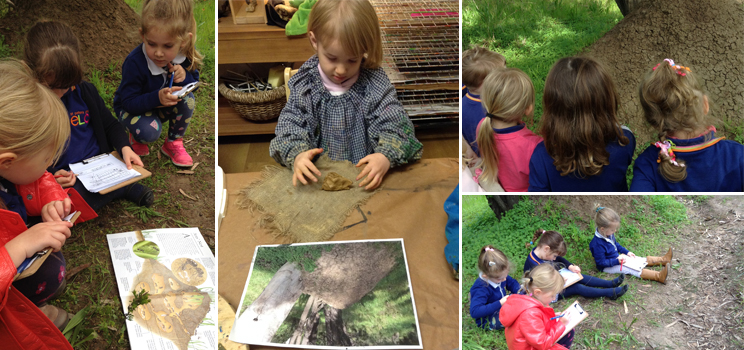
“Schools must be a place of transformative communication in which there is negotiation between points of view and a shifting of perspectives.” – Maddalene Tedeschi, Pedagogista
Istituzione Scuole e nidi infanzia, Reggio Emilia, Italy
Through their inquiry based learning, the Ferguson children have been on a journey that has been transformative and that has brought about a significant shifting of points of view.
Investigating the central idea that ‘People can have an impact on their world’, the children have been exposed to several different kinds of creatures in our room, including the leaf insects, hermit crabs and a blue tongue lizard called Jess. We observed a shift in the children’s attitudes from trepidation and suspicion, to acceptance and concern for their wellbeing. These experiences in our room were the perfect introduction to the discovery of life in Ferguson Park. Our almost daily visits to this stunning piece of natural bushland afforded many opportunities for the children to act upon their most precious resource for learning: curiosity. Opportunities to develop their observation and research skills as well as sharing their thinking and opinions in group discussions have been pivotal to this transformative process.
So, what were the perspectives we, as their teachers, sought to shift?
• If you find things that you like and want to keep in Ferguson Park, is it okay to remove them and take them with you when you leave? Or could we find a special hiding place for it, and rediscover it tomorrow?
• Is it okay to put a big stick into a hole in the ground and start digging with it?
• Is it okay to pull the bark off a tree and expose the tiny creatures living beneath it?
• Is it okay to step on an ant? To climb on top of a big ant hill or poke it with a stick?
• Should we go into a place where snakes may live? Or can we employ strategies so that we can visit their territory without coming into conflict with them?
• Is it okay, or is it wrong, to pick a beautiful flower in Ferguson Park? What about a leaf?
The children’s emergent and growing empathy for life in Ferguson Park, and their thinking around these questions, has been breathtaking. We have gone from feeling anxious to feeling joy at the way the children have responded to our invitations to explore the environment and to develop their ecological identity. This has led to a letting go of that sense of entitlement that we have as human beings – that somehow, we have more rights than other creatures, to take what we want without really considering the consequences.
Here are just two examples of how our learning has transformed our children’s thinking and inspired them to take action:
During one of our recent walks, Eoin said:
“I am going to move these branches because there’s no animals in them. If there were animals on the branches I wouldn’t move them because they could feel sad or cross.”
Delilah’s family was out walking when she expressed horror at her father for picking a flower. She referred him to the Ferguson Room Essential Agreement and informed him that the flower would now die.
As educators, we are continually reflecting on our work. Some of us have a strong view that picking flowers is taking the habitat and food of tiny but important creatures. Others believe that picking flowers is one of the simple yet strongly memorable experiences of childhood, a means of learning about the world through all of the senses.
What do you think?
Mel Angel
News from the Hallett Room
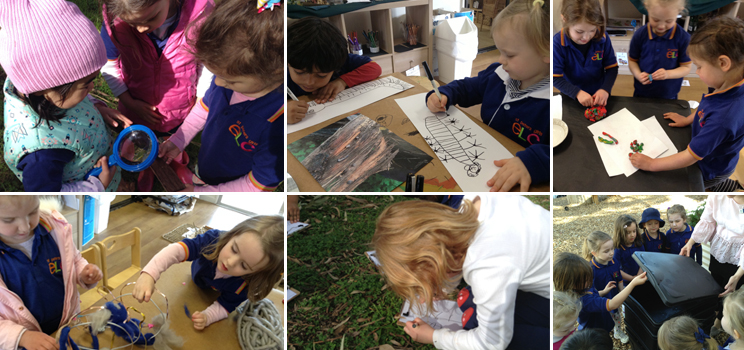
People can have an impact on their world
As the children’s explorations into millipedes and worms deepened throughout the term, we began to hear concern about how ‘we’ (humans) have an impact on the lives and wellbeing of other living creatures. We began to explore emotion as the children noticed that the worms were moving quickly to show that they are scared and that the millipedes crawl up into a ball. After careful observation, it was noticed that these creatures were using their body language to communicate to us their feelings and emotions. How interesting that an animal could also communicate through their non-verbal interactions!
When visiting Ferguson Park, the children began to recognise that the bark, foliage and trees were a part of these living creatures’ homes and the way that they explored the park started to shift as children were telling their peers, “Don’t pull off the bark because that is where the millipede lives.”
The educators’ intention has been to shift children’s perspectives into how we share resources with other living things. We hope that at home you have noticed a shift in your child’s perspective and hopefully some action taken in how your children are viewing what else lives in their world.
We are excited to share our connections and inquiry investigations from this term into the term ahead to further develop the children’s research and investigation skills.
Pam Reid and Kirsty Porplycia

